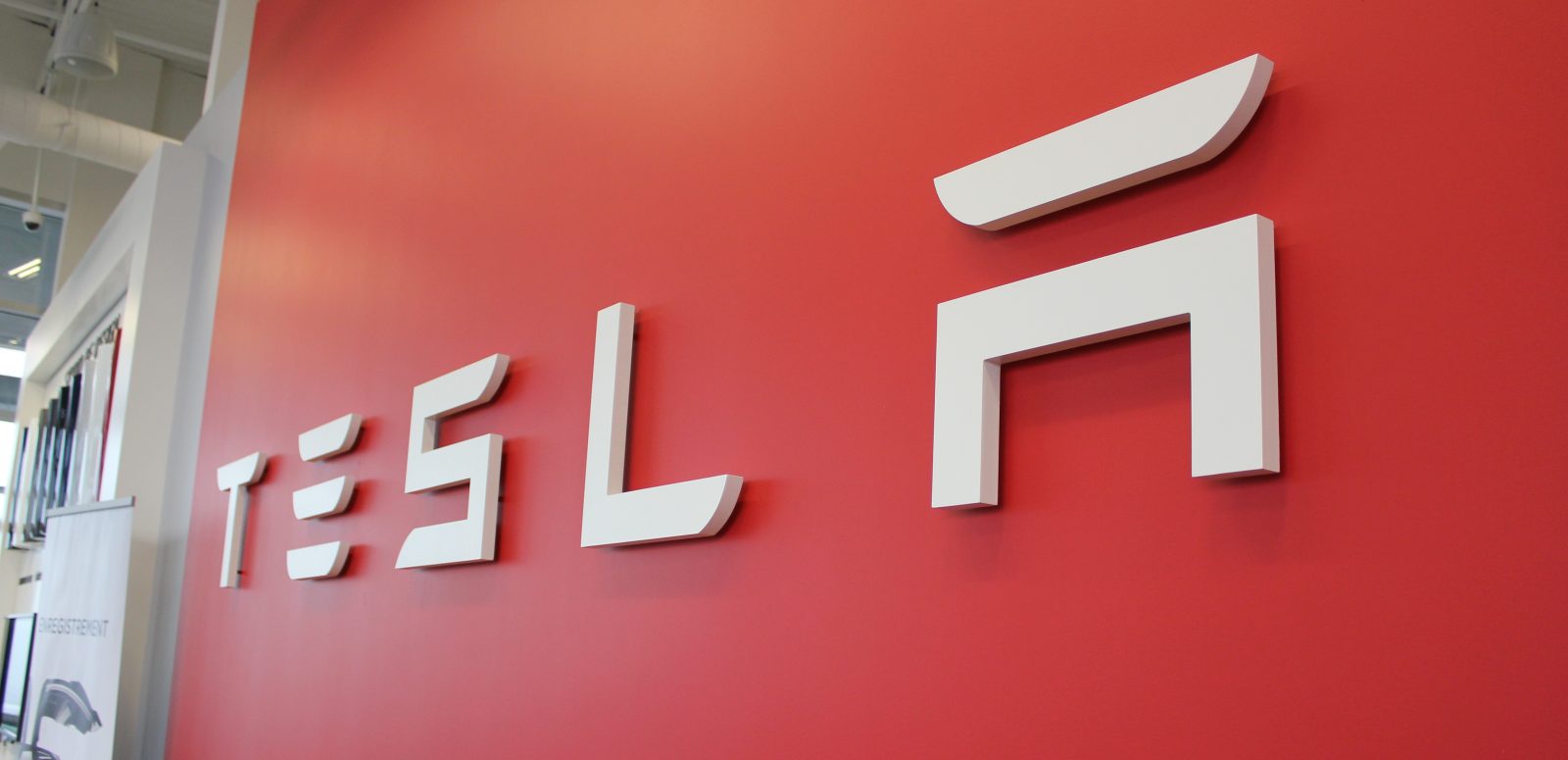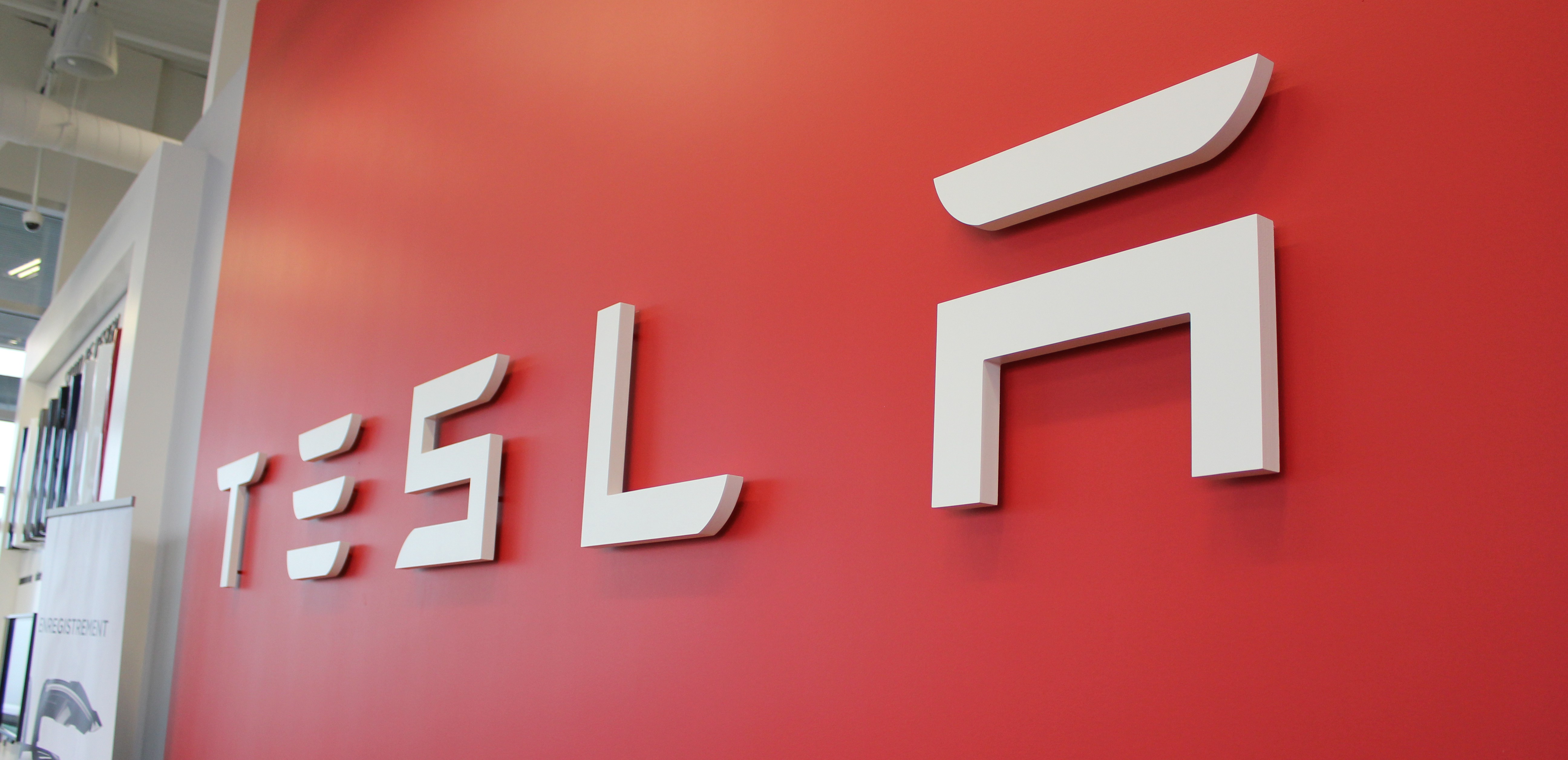

Tesla’s stock price is up almost 2% in pre-market trading this morning following a new note and “Outperform” rating from Baird financial analyst Ben Kallo. The analyst upgraded his rating on the automaker and increased his price target from $230 to $300 – the stock currently trades at ~$210.
Kallo recently visited Tesla’s factory in Fremont and in a note sent to clients, he commented:
“We believe investor skepticism has significantly increased since we downgraded TSLA on Oct. 6, and although we were concerned about the rate of Model X deliveries, recent data points show production is accelerating, which should drive deliveries and margin expansion throughout 2016. Additionally, we believe TSLA is ahead of expectations on reducing battery costs, and continues to have a significant lead on competing EVs. We would be buyers at current levels.”
By manufacturing its batteries at the Gigafactory, Tesla aims to reduce its cost by at least 30%. Its current cost is unknown, but estimates range from $150/kWh to $250/kWh.
We also recently reported on signs that Model X production is increasing: Tesla Model X ramp up accelerating, owners reporting having received VIN 5,000 and up.
More highlights from Kallo’s note via SteetInsider:
- Model X concerns are similar to the Model S introduction, although TSLA is a more mature company.
- We recently visited the factory and viewed dozens of Model Xs in production.
- We believe no capital raise will be needed in the next few quarters, and availability for bridge financing remains robust.
- Battery cost reductions are likely ahead of most estimates.
- High short interest sets up stock for potential catalysts of Model III introduction and Q1 deliveries announcement.
Short interest recently hit an all-time high on Tesla’s stock with 34 million shares. Last record was 32 million shares during the end of 2012 and early 2013. In an interview with FOX in September 2012, Musk warned that anyone holding a stock position against Tesla Motors will have a “tsunami of hurt” coming for them. During the 12 following months, Tesla’s stock price increased by 461%, a lot of which was attributed to a short squeeze after Tesla reported its first quarterly profit in Q1 2013.
A catalyst of similar magnitude, and Baird points to the unveiling of the Model 3, which is set for March 31st in Los Angeles, could potentially create another short squeeze.
Featured Image: Tesla logo at the Montreal store and service center by Fred Lambert
Note: For people not familiar with the term “short squeeze”, it’s a term used when demand for a stock increase while there’s a lack of supply due to short sellers (people betting against a stock) trying to cover their positions. It often results in a rapid increase in the price of the stock.
FTC: We use income earning auto affiliate links. More.






Musk said 2 months ago that Tesla battery costs were much less than LG’s $145/kwhr. I take this to be about $125/kwhr for Tesla.
Anyone shorting Tesla now is going to get wacked again.
Not sure who keeps betting against Tesla as not smart and not working well, losing their shirts.
Talking about total battery cost, I think LG’s $145/kWh it’s just the battery cells
Also good to point out is that 145$/kWh cells cost is not official LG’s number but GM’s. And GM did not officially commit yet (though it’s very likely to happen) to buy cells from LG.
To further clarify:
A short position is opened by borrowing shares (by means of a securities lending agreement) and immediately selling them at the current market price.
To close a short position, the shares must be bought back (“covering”). The trader gets the balance of sale minus repurchase, fees and interest, returned to their account. This can be less than they started with if the share price did not significantly drop.
Since the shares are borrowed, the trader must also have and maintain sufficient collateral on their account. Typically, this is a 50% margin over the current value of the shares; this can rapidly become untenable for the trader if the share price goes up steeply. The broker can forcibly close the trader’s position if margin is not maintained.
great explanation!
To clarify further: if the stock price has gone UP when the short-seller is forced to cover, then the short-sellers has to bid to buy the shares at the higher price. Which pushes the stock price up further. Which means more short-sellers do not have enough collateral. Which means they are forced to cover. Which means that they have to bid to buy the shares at an even higher price. Which means… you get the idea, the stock price skyrockets as all the short-sellers desparately try to buy shares, and can’t find any for sale. Eventually the longs (who own shares) decide the stock price is high enough that they’re willing to sell, but the price could hit $400/share, $1000/share, $200000/share… the short-sellers are desparate because they MUST buy the stock REGARDLESS of the price. This is the short squeeze.
As you can see, a small short position can completely bankrupt you if the stock starts going way up. You can wipe out a billion dollars overnight if you’re not careful!
In order to avoid losing their shirts, short-sellers often purchase call options as “insurance” — options to buy shares at some high price. For instance, someone short-selling Tesla right now might buy call options to buy if the price hit $300/share, so that they would not be exposed to any further price rises.
P.S. The short-sellers actually have to pay interest on the shares they borrow. If you are long (own shares), you have the option of lending those shares to short-sellers and *collecting* that interest, which is a nice deal.
Why all the Short demand? I suspect some shorts are based on the overly simple notion that when oil (gasoline) prices drop, demand for EVs drop. Traders not really understanding the EV market, or Tesla. Another bag full of hurt is just around the corner….
I personally think the shorts are really ignorant. They’re betting on Tesla going bankrupt. But it’s a terribly risky bet!